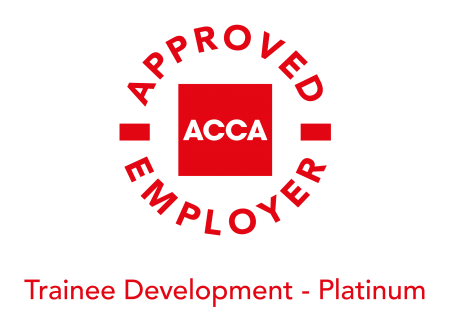VAT – flat or standard rate?
VAT is the tax levied on the sale of some goods and services in the UK. It can be a minefield for unwary businesspeople, as it requires meticulous bookkeeping, and incorrect or missing information can provoke heavy penalties from HMRC. However, SMEs and self-employed traders may not be aware that the two most popular ways to calculate VAT are the Standard Rate Scheme and the Flat Rate Scheme. It’s worth taking a look at them both before deciding which one may best suit your business.
The Standard Rate Scheme
The amount of VAT paid to HMRC is usually the difference between VAT charged to customers and VAT which the business pays on the purchase of its own goods or services. It’s currently 20% and applies to taxable turnover – the overall sales income. It can be reclaimed on most services and goods acquired from suppliers.
VAT registration can give a business an impression of solidity and financial security which is reassuring to anyone thinking of dealing with it. One downside is the sheer complexity of maintaining records and keeping up with the requirements.

The Flat Rate Scheme
The Flat Rate was introduced to ease the administrative burden of VAT on small businesses. Under this scheme, a business makes a single calculation based on a set percentage of turnover. For a low cost trade, deemed to be where a business’s relevant goods including VAT are less than 2% of turnover and less than £1000, this percentage is 16.5% of gross sales made by the business. If not deemed to be a low cost trade, the percentage is usually between 4% and 14.5%, with an extra 1% reduction off normal rates for businesses in their first VAT registration year. This can save a great deal of time spent dealing with the complexities, searching for lost receipts and assessing the items on which VAT can be reclaimed.
The Flat Rate can be applied to businesses which have an annual turnover of up to £150,000 in the next twelve months. The business must then leave the scheme if gross sales exceeded £230,000 in the previous twelve months. Providing income falls below £191,500 in the subsequent twelve months, HMRC approval can be sought to remain part of the scheme.
Businesses will still need to keep records of the Flat Rate turnover, the percentage applied, and the tax calculated as due. However, the calculation will be significantly easier for the business on a quarterly basis.
It is of course vital that both options are considered prior to VAT registration, ensuring that all requirements and possible savings are discussed.
You can register for both rates at the HMRC website and this should come into effect within thirty days. If you’re considering registering your business for VAT, and you’re not sure which rate would be most advantageous, get in touch with us at Perrys Chartered Accountants in London and Kent. Our helpful team has been giving expert and practical advice to businesses across the area since 1983, and we’d be delighted to help solve your VAT conundrum, or any other accountancy issue you may be struggling with.







